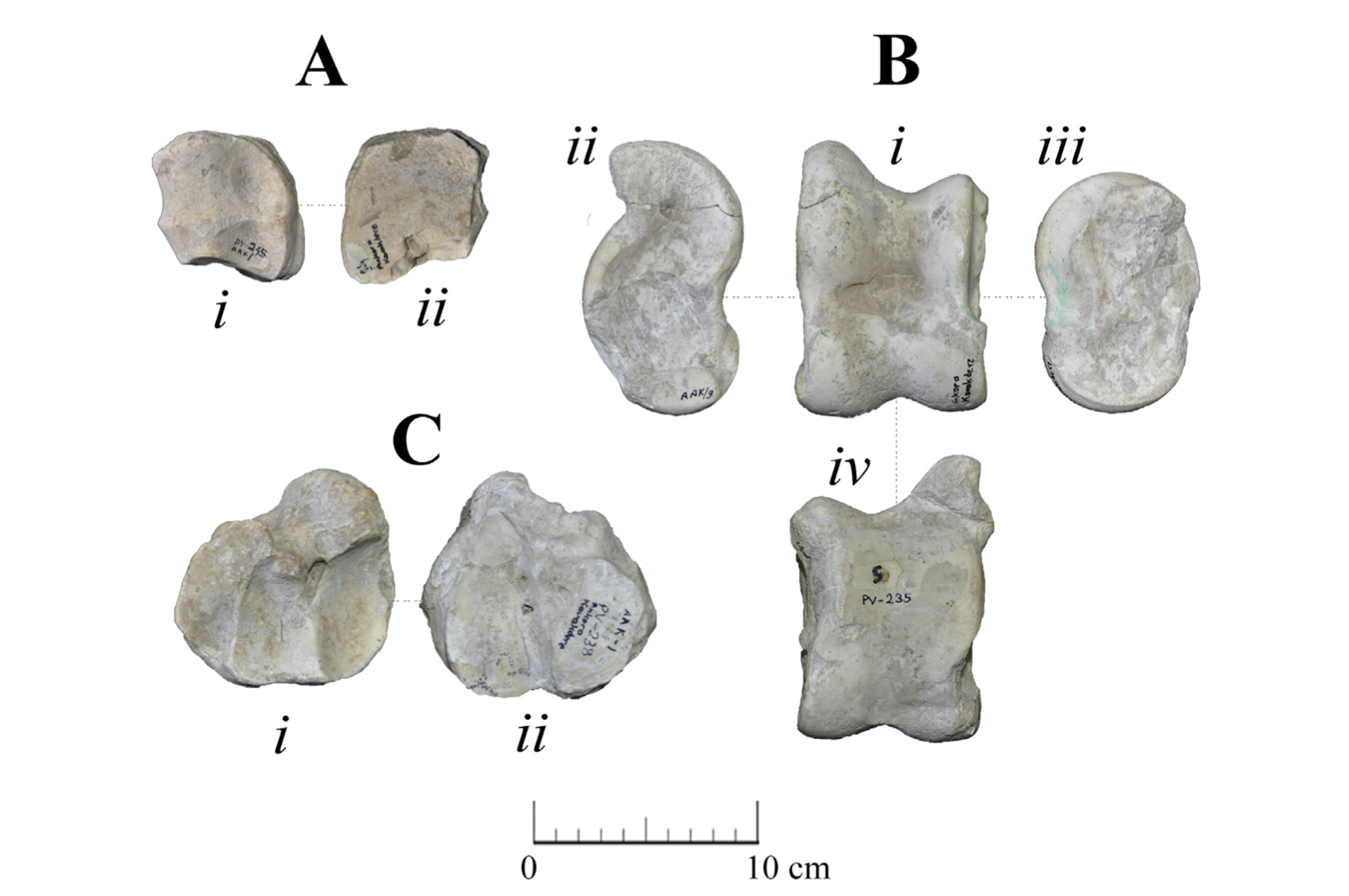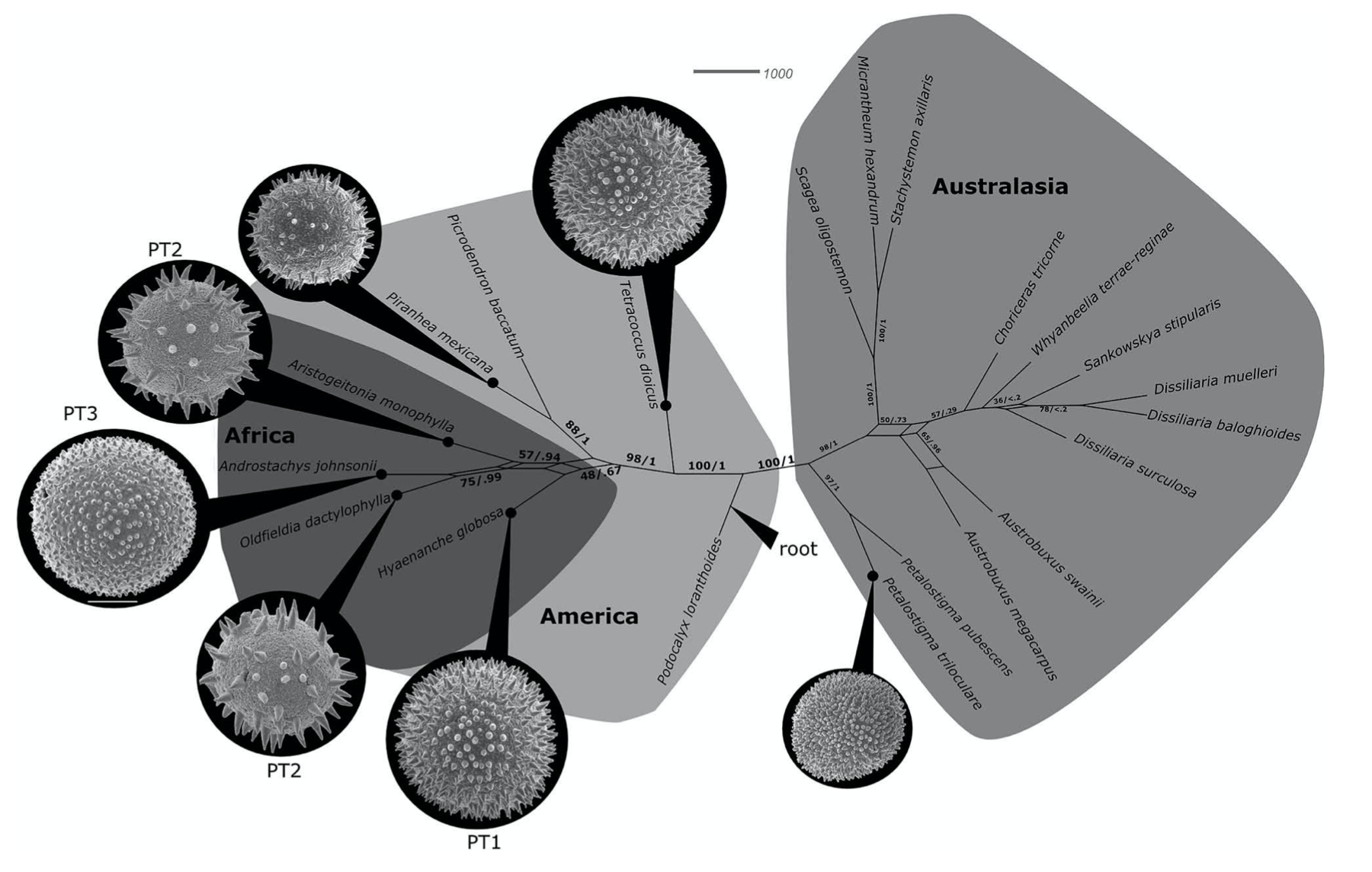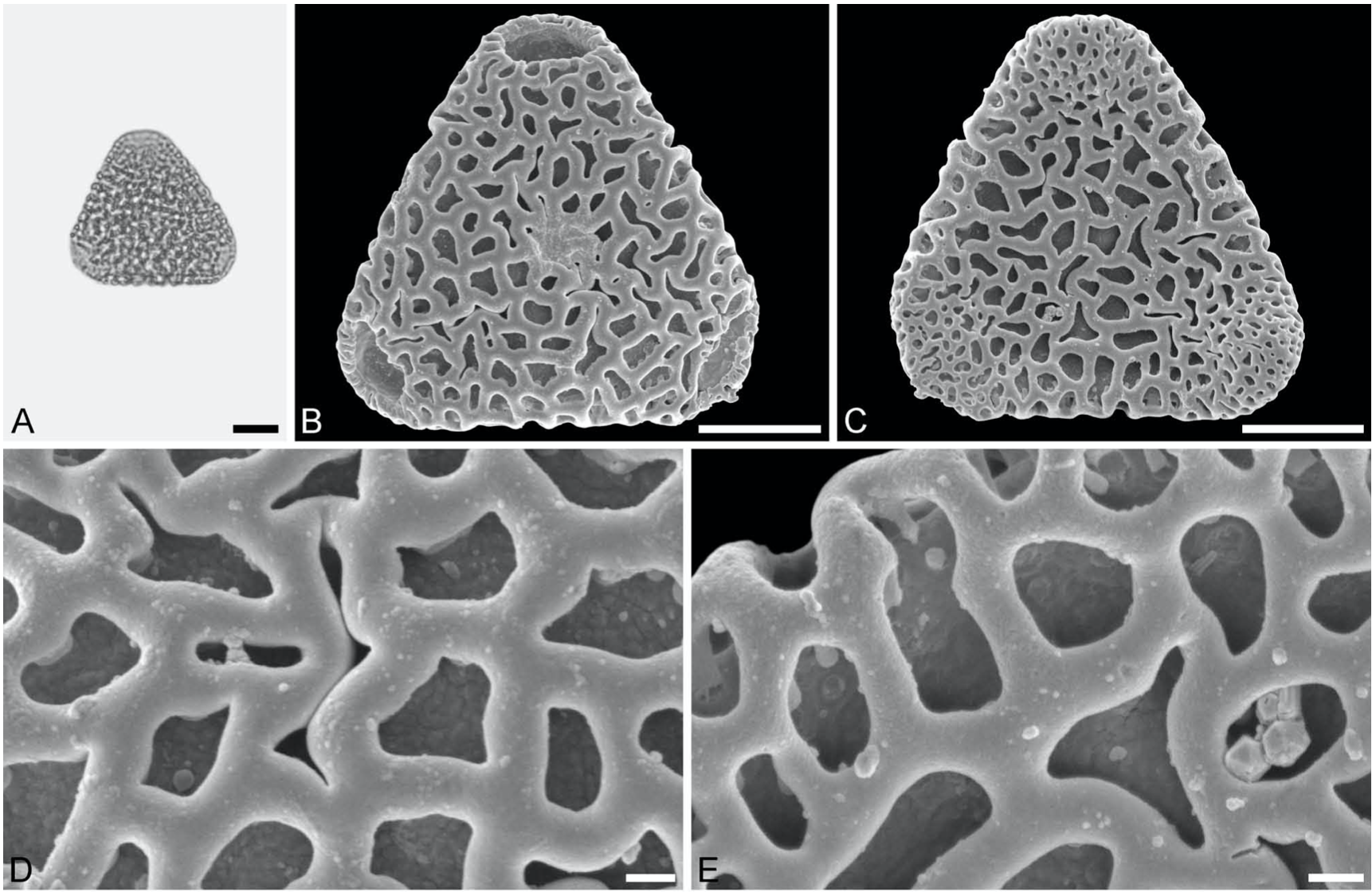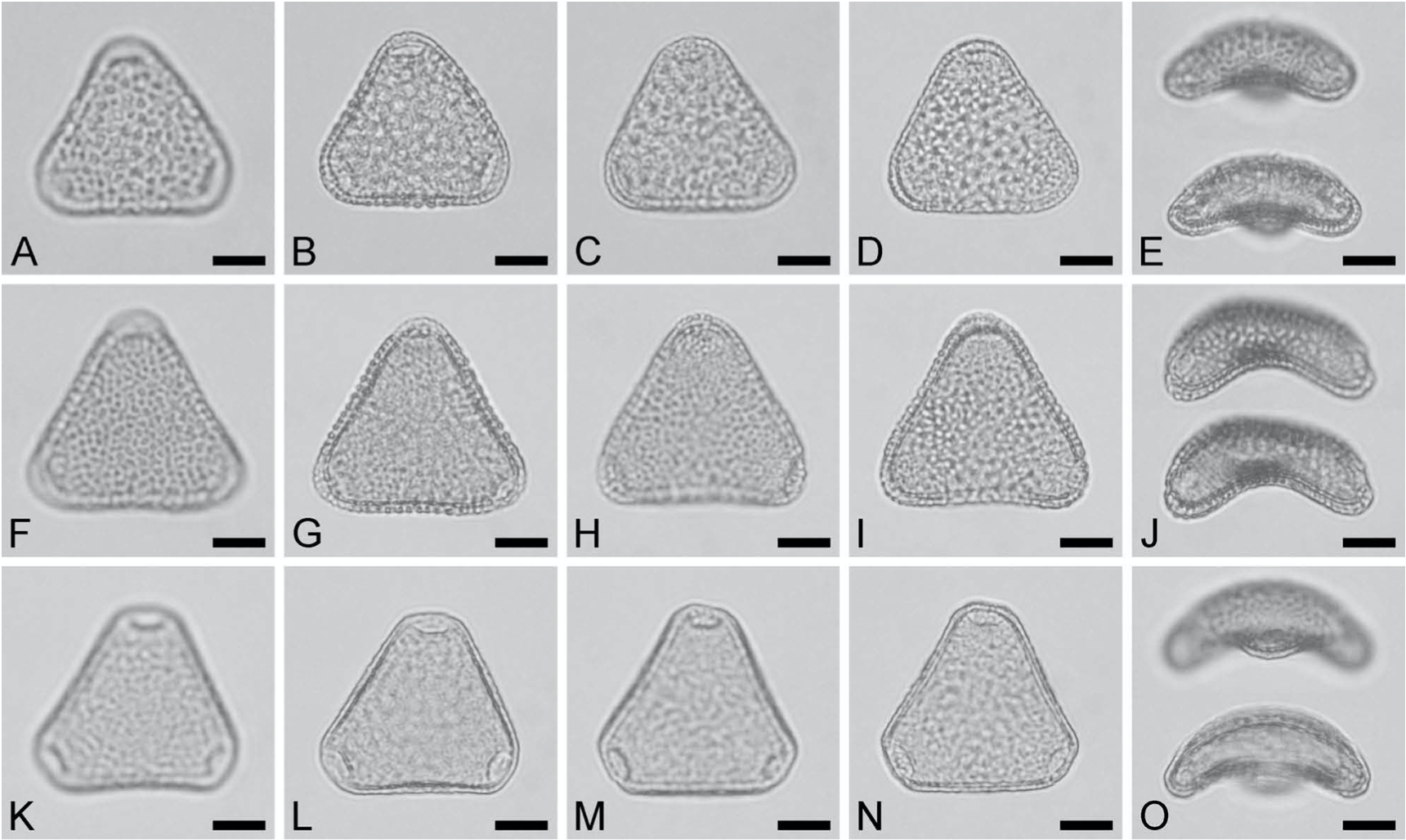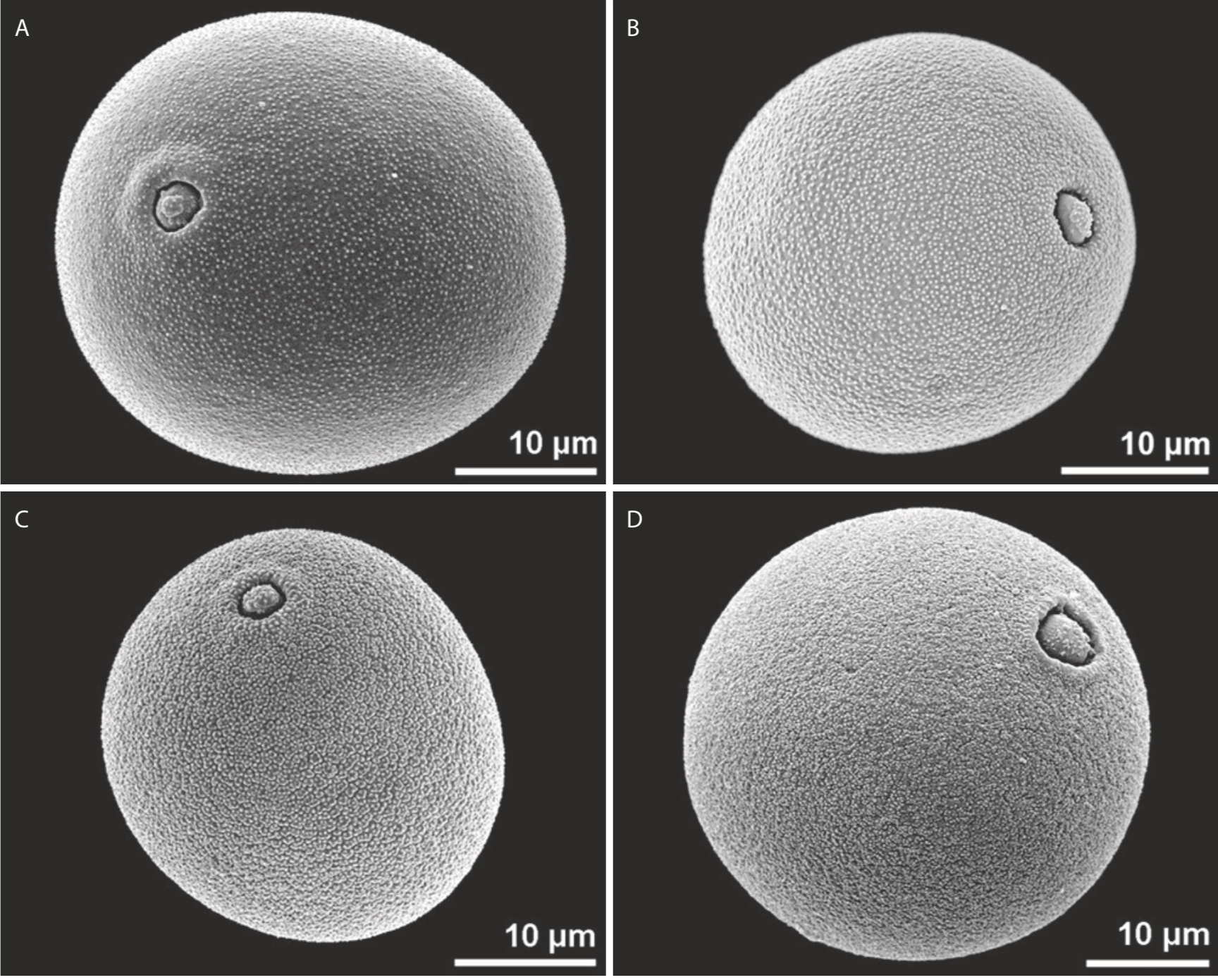Authors: Friðgeir Grímsson, Reinhard Zetter, Christian Baal
Preliminary studies of the palynoflora from the Lavanttal Basin show a relatively rich assemblage of pollen and spores. The palynoflora comprises at least 17 different kinds of spores, representing the Bryophyta (Sphagnum), Lycopodiophyta (Lycopodium, Selaginella), and the Pteridophyta (Dryopteris, Osmunda, Pteris), about 20 different pollen types of conifers assignable to Cupressaceae and Pinaceae, and 130–160 different kinds of angiosperm pollen. In this study, we describe all spores together with pollen from two seed plants, i.e. Ginkgo (Ginkgophyta) and Ephedra (Gnetophyta). The fossil spores and pollen grains are preserved in phosphoritic nodules. Absence of palynomorphs characteristic of marine settings and presence of numerous freshwater algae (diatoms, dinoflagellates, and different green algae) indicate freshwater environments. This is also supported by sedimentological observations suggestive of wetland surroundings, characterised by lakes, swamps, streams, rivers and floodplain areas. The taxa reported here all seem to represent part of azonal vegetation with plants growing in swamps, on hummocks, along border of lakes or streams, on levees, or on sandy patches of floodplains. Preliminary results suggest that the vegetation thrived under a relatively warm and humid climate.
